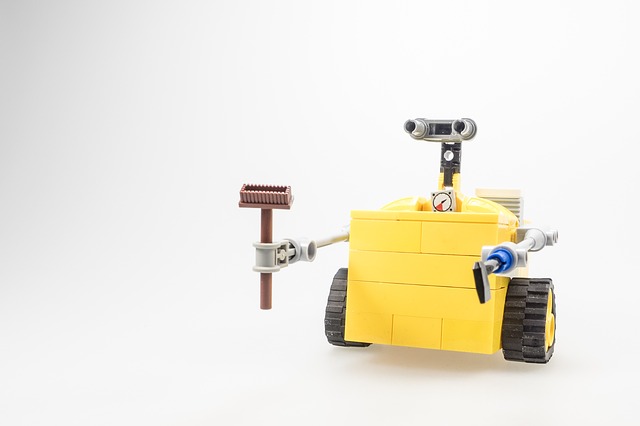
Posted by Phil Ayton
February 13, 2017
I regularly talk to people about the differences between “Automation” and “Artificial Intelligence”. In short, I equate these terms with the words “Science” and “Homeopathy”. In both cases, the first term implies analysis, design, development, deployment, planning and testing. The second term implies a faith based on received intelligence. No need to understand how it works, just believe.
Even with this level of scepticism I looked at my Christmas present, a shiny new Amazon Echo Dot, and thought “this will solve everything”. For 30 years, I’ve been working on systems to provide lawyers with better ways to work with their clients. Our new semantic Sysero Template Builder tool allows non-techies to capture the processes around creating legal documents. If I could present the interview process created by our tool as an Alexa-powered question and answer session, then I could replace lawyers everywhere with little white hockey pucks. This is it. I have faith.
As an enthusiastic client of the Amazon Web Services platform (we use this to power our cloud offerings), I got to work using the well-documented Alexa programming interface. Amazon really has its business model right on this. Not only do they encourage every developer to create their own “skills”, they offer a huge amount of processing power for free. A skill is effectively a keyword that you can say when talking to Alexa that directs the rest of your conversation to the supplier’s pre-defined set of responses. The end result is that if you say “Alexa ask Cat Facts for a Cat Fact” (go on try it, it’s fun!), then Cat Facts Inc will have programmed a set of responses that, in this case, gives you a facts about cats (no really!).
So in theory if I feed in the questionnaire that has been created by our clients using Template Builder into Alexa, job done!
Two days later and the prototype is ready. Two days to create my own Amazon-powered AI! Now one of the things you need to know when completing a legal document is the name(s) of the parties involved. So I ask my wife, who is called Elizabeth, to try my prototype. She has beautiful diction (one of the reasons I married her). After half a dozen attempts in our quiet living room to tell Alexa her name and the closest Alexa could get to was “Death”.
It turns out that Alexa is great when you provide a list of potential responses, but don’t expect much from unscripted responses. Unfortunately, the use of names and proper nouns is a fundamental part of document automation and It isn’t feasible to provide a list of every name and thing on the planet.
I have no doubt that Alexa is going to get incrementally better over time and this is the real point of the story. As the number of Echos grows over the next few years, Amazon will need to hone the system using the billions of conversations people will have with Alexa. Eventually, it might be able to recognise any name and proper noun thrown at it, but only with an almost inconceivable amount of data and effort from the developers at Amazon. I think Amazon has the money, will, drive and determination to do this, but don’t expect the magic of AI to provide solutions without a huge effort from all involved.
Phil Ayton is the founder and CEO of Sysero. His expertise lies in helping law firms drive greater productivity, ensure compliance and drive client service innovation through knowledge automation. Contact him at phil.ayton@sysero.com.